
11 May Ancestors- Newsletter- May 2, 2025
Contents
- 1 ANCESTORS- GIVE ME LIBERTY, OR…. HAVE SOMEONE WISH FOR MY DEATH
- 2 ANCESTORS- HOW WILL AI AFFECT THE NATIONAL ARCHIVES?
- 3 ANCESTORS- MARRIAGE IN THE QUAKER FASHION
- 4 ANCESTORS AFFLICTIONS AND THOSE WHO PROFITED FROM THEM
- 5 ANCESTORS- MORE ON J. ADDISON SMITH
- 6 ANCESTORS- COULD THERE BE A CASHLESS SOCIETY?
- 7 ANCESTORS- PRESERVE YOUR FAMILY HISTORY, TODAY
 ANCESTORS- GIVE ME LIBERTY, OR…. HAVE SOMEONE WISH FOR MY DEATH
ANCESTORS- GIVE ME LIBERTY, OR…. HAVE SOMEONE WISH FOR MY DEATH
That wasn’t quite the saying…Like politicians today, many of our founding fathers had well-documented sharp disagreements.
Thomas Jefferson and Patrick Henry had different views of religious freedom, as seen in the current Oklahoma case before the Supreme Court. Jefferson wanted freedom of religious choice, and Henry supported the state’s support of the Anglican (Episcopalian) Church.
It became so frustrating to Jefferson that he wrote a letter to his confidant and future president, James Madison. Here’s the excerpt:
The proposition for a Convention has had the result I expected. If one could be obtained I do not know whether it would not do more harm than good. While Mr. Henry lives another bad constitution would be formed, and saddled forever on us.
What we have to do I think is devoutly to pray for his death, in the meantime to keep alive the idea that the present is but an ordinance and to prepare the minds of the young men. I am glad the Episcopalians have again shewn their teeth and fangs. The dissenters had almost forgotten them.
It took Jefferson well over a decade to prevail over Henry, with the passing of the Statute of Virginia for Religious Freedom Statute. We know it was important to him, as the three items he chose to represent his life on his tombstone are here.
As he stipulated, the inscription reads, “Here was buried Thomas Jefferson, author of the Declaration of American Independence, of the Statute of Virginia for Religious Freedom, and father of the University of Virginia.”
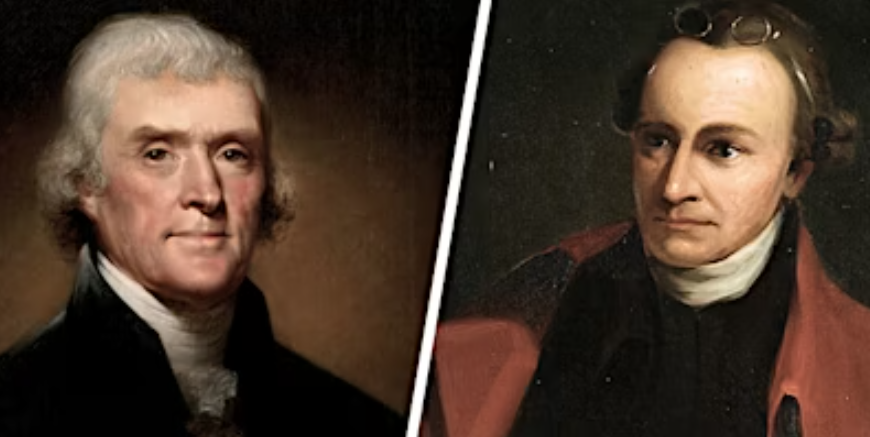
 ANCESTORS- HOW WILL AI AFFECT THE NATIONAL ARCHIVES?
ANCESTORS- HOW WILL AI AFFECT THE NATIONAL ARCHIVES?
I took my DAR and SAR-qualified Revolutionary War ancestor, ran his three-page pension file, and asked for a summary (casual), and they reduced it to this:
Benjamin Oliver was an 87-year-old guy from Fairfax County, Virginia, who grew up in Granville County, North Carolina. He applied for a pension in 1839 because he had served in the American Revolution. He volunteered in March 1778 and spent three months fighting against the Cherokee Indians under Captain Valentine Sevier. Then, in June 1779, he did another three-month stint dealing with threats from the British and Tories. Ancestors.
Unfortunately, Benjamin lost his discharge papers and couldn’t find any witnesses to back up his service when he applied for the pension. He mentioned that he didn’t apply sooner because he was financially stable until things changed. His application was filed in Jackson County, Alabama, and he appointed an agent to receive his pension payments. Ancestry.
Benjamin passed away on September 7, 1840, and his kids were authorized to receive his pension benefits retroactively from March 4, 1831, until his death. The pension was granted at a rate of $20 per year for his six months of service in the North Carolina militia during the Revolutionary War.

 ANCESTORS- MARRIAGE IN THE QUAKER FASHION
ANCESTORS- MARRIAGE IN THE QUAKER FASHION
In the last two editions, we discussed the prohibitionist, Hayden Kershner. Hayden and his wife, Mary Franklin (my wife’s great-great-aunt), married in the old-time Quaker fashion, with no civil ceremony.
Quaker weddings are conducted similarly to regular Quaker meetings for worship, primarily in silence and without an officiant or a rigid program of events. Therefore, they differ greatly from traditional Western weddings. In some respects, a Quaker marriage resembles a common-law marriage.
In the past, after the local meeting had approved the couple’s intention, an announcement would be made and posted in the market, on market day. Afterward, the wedding could take place. The wedding would occur at a meeting, and the couple would declare their intention to marry.
The marriage would be certified by all of the present meeting members, acting as both celebrants (after a fashion) and witnesses. Outsiders sometimes criticized Quaker couples for living in sin because they married each other without priests or ministers.
Today, when a Quaker (Society of Friends) couple decides to get married, they declare their intentions to marry to the meeting (either in writing or in person). In many Yearly Meetings, the meeting then appoints a clearness committee to talk with the couple and ensure they have adequately prepared themselves for marriage. Ancestors.
Suppose the committee is clear that this couple is ready. In that case, the monthly meeting is recommended to take the wedding “under their care” and appoint a committee to ensure the couple makes all the necessary arrangements for the wedding ceremony. The duties vary but may include helping schedule the date, finding premarital counseling, making the Quaker marriage certificate, and ensuring the couple knows how to acquire and file legal documents. In other Yearly Meetings, clearness committees are an option that the couple can choose.
In America, some couples marry within the meeting without registering their marriage with the government, a tradition dating back to Quakerism’s earliest days. Meetings generally encourage couples to seek legal advice before undertaking this option. Common-law marriage, also called “marriage by habit and repute,” by which a couple is legally married simply through cohabitation and by holding themselves out to the world to be husband and wife, is no longer a valid method of marriage in most American jurisdictions.
If a couple later needs to prove it is married, the Quaker wedding certificate signed by witnesses at the ceremony may be sufficient in some US states. A few states have statutes that specifically recognize Quaker marriages in which ministers are not officiants as legal.
However, most Yearly Meetings and Monthly Meetings encourage Friends marrying under their care to obtain marriage licenses, have them signed by a meeting representative, and file the licenses duly with the state. This is a special concern since common-law marriages, under which Quaker marriages were formerly valid in many states, are legally recognized only in a few US states.
I could not find any stats on how long Quaker marriages last vs. non-Quaker marriages. The average U.S. wedding
costs $33000, so their simple ceremonies certainly cause less financial stress for the families.
Below is a 1699 Quaker marriage certificate from Bath, England.

 ANCESTORS AFFLICTIONS AND THOSE WHO PROFITED FROM THEM
ANCESTORS AFFLICTIONS AND THOSE WHO PROFITED FROM THEM
My wife’s Great-Grandfather had some mental challenges, where he only felt that god’s law applied to him, and not civil law. He was accused of violent and odd behavior and wanted to turn everything he had over to the Dowie church, where they vowed to help the mentally afflicted. He later died while living on the wharf in Pensacola, estranged from his family.
John Alexander Dowie (1847 – 1907), pictured in Elijah the Restorers’ robes, was a Scottish evangelist and faith healer who ministered in Australia and the United States. He founded the city of Zion, Illinois, and the Christian Catholic Apostolic Church. He was both an eloquent and eccentric figure with impressive powers of persuasion. He moved to the United States in 1888.
He first settled in San Francisco and later moved to Chicago, where he established a tabernacle and healing homes. His healing ministry was successful, but he spent much of 1895 in court, defending himself against allegations that he was practicing medicine without a license. In 1896, Dowie founded the Christian Catholic Apostolic Church as the general overseer.
In 1900, he founded the city of Zion, 40 miles from Chicago, where he owned all property and prohibited smoking, drinking, eating pork, and establishing theaters, dance halls, doctors’ surgeries, and secret lodges. In 1905, he suffered a stroke in Mexico. While absent, he was deposed by Wilbur G. Voliva, his chief lieutenant. Dowie fled to Australia. Voliva and official investigators maintained that funds from $2.5 to $3.4 million were unaccounted for.
He attempted to recover his authority through litigation but was ultimately forced to accept an allowance, which he maintained until he died in 1907. Dowie was a restorationist and sought to recover the “primitive condition” of the Church. He believed in restoring spiritual gifts and apostolic offices in the Church. He was sometimes described as “Elijah the Restorer,” “The Prophet Elijah,” or “The Third Elijah.”
He was also an advocate of divine healing and was highly critical of other teachers on healing. This criticism largely stemmed from differences of opinion on the use of “means” or medicine; Dowie was for total reliance on divine healing and against the use of all forms of treatment. He opened several healing homes where people could come for instruction in healing and specific prayer. He emphasized faith in God, “entire consecration,” and holiness.

 ANCESTORS- MORE ON J. ADDISON SMITH
ANCESTORS- MORE ON J. ADDISON SMITH
By 1885, J. Addison and Mary Smith had moved from Baltimore and lived at 841 Market Street in San Francisco and were busy marketing their businesses.
In the 1885 San Francisco directory, the “J. Addison Smith & Co” is listed as “J. Addison Smith and George B. Cannon, manufacturers’ perforated art patterns, embroidery materials, powders, paints, etc., 32 Ellis”. George B. Cannon is also noted as the head of the Los Angeles Paint Club.
Addison also advertised in 1885 that he had “5000 designs for Kensington, Lustra, and hammered brass work at 165 Eddy St, in San Francisco.
In 1885, Addison was also listed as the owner of the LaFavre Packing Co. in San Francisco, which manufactures English Plum Pudding and Saratoga Potato Chips, which we covered in March. https://gem.godaddy.com/p/71122c1
On August 31, 1886, Mrs. J. Addison Smith is listed as in charge of the art department connected with the Butterick Pattern Agency at 124 Post Street in San Francisco. She advertises a “fine selection of linen and felt, stamped goods and all kinds of embroidery materials”.
We will cover his enterprises in Bakersfield and London, England, in the next edition.

ANCESTORS- COULD THERE BE A CASHLESS SOCIETY?
I’ve noticed that eating out seems simpler when we travel abroad. You pay in advance with a credit card, and there are no expected tips (the servers are paid a competitive wage and are not tip-dependent).
You don’t need much cash in most other countries, so why is the U.S. still tied to paper money? I asked a person I know who works for the Fed, and they jokingly said that “people in the U.S. all think like they’re going to be on the run, and don’t want their movements to be trackable”. Of course, most people can’t get far without the GPS on their trackable mobile phone, so I’m not sure how that works.
Secondly, the restaurant industry doesn’t want to convert from the tip-based model. The cost of food + competitive wage equals the cost of food + tip, other than being the first to switch. I can assure you it’s not because the service is any better, and everyone nowadays doing anything near food or beverage expects a tip.
The other industry that likes cash is the illegal drug trade, as not too many users or suppliers would want to create a trackable transaction for such purposes.
The map below shows the state’s view on the issue. What’s the deal in Delaware?
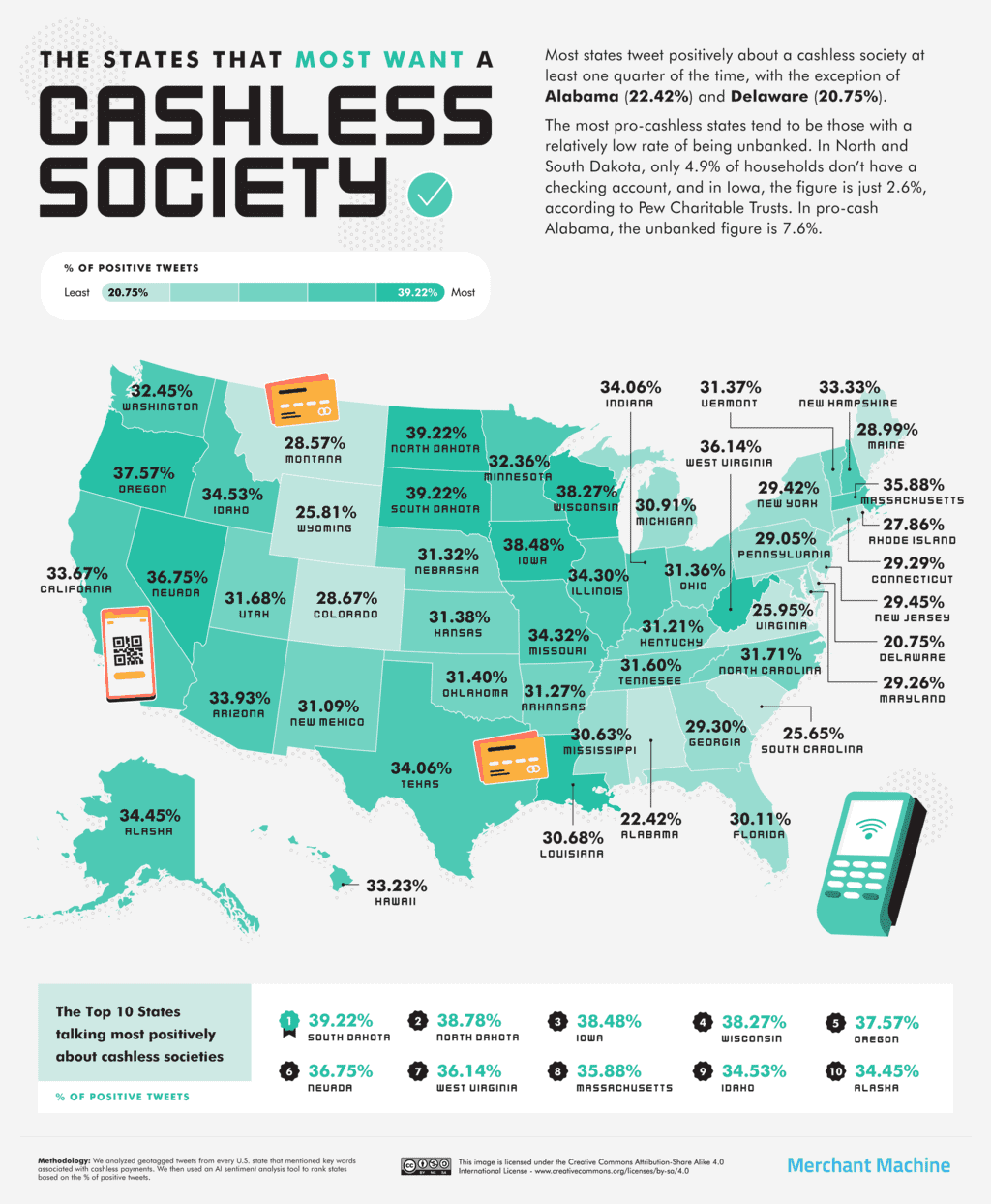
 ANCESTORS- PRESERVE YOUR FAMILY HISTORY, TODAY
ANCESTORS- PRESERVE YOUR FAMILY HISTORY, TODAY
Grandpa was in the yard, wondering if any of his grandkids’ descendants would ever know of him and his life.
Reach out to Dancestors Genealogy. Our group of genealogists will research, discover, and preserve your family history. No one is getting any younger, and stories disappear from memory every year and eventually from our potential ability to find them.
Preserve your legacy and the heritage of your ancestors.
Paper gets thrown in the trash; books survive!
Ready to embark on your family history journey? Don’t hesitate. Call Dan Nelson and get your project started!


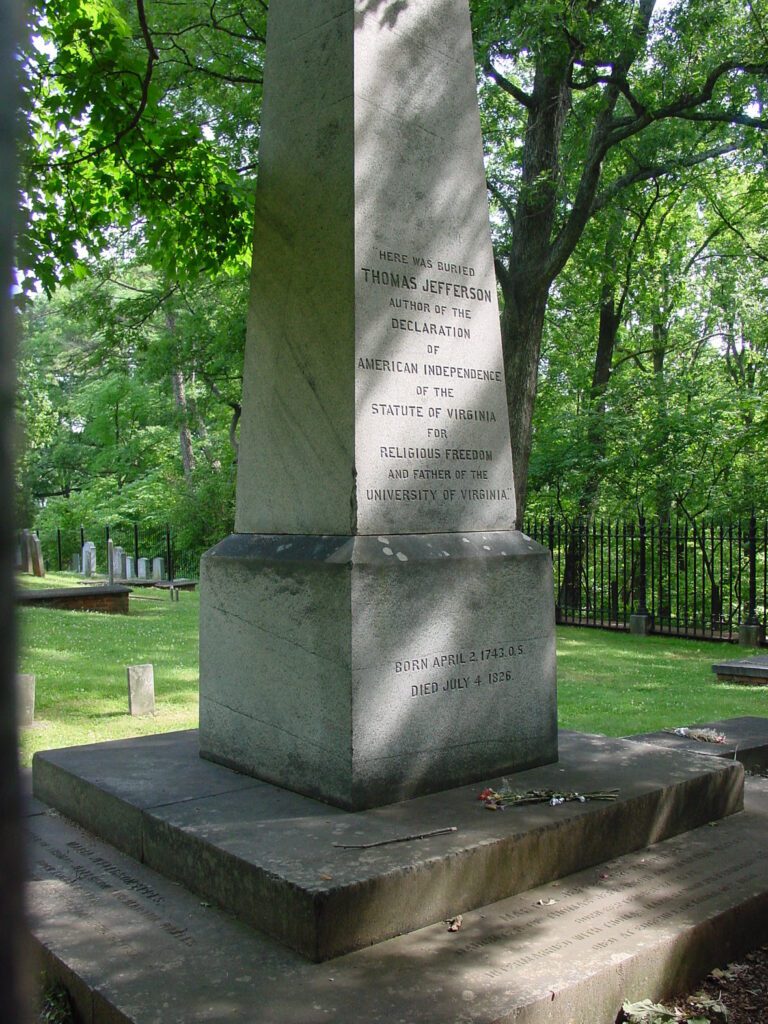 ANCESTORS- GIVE ME LIBERTY, OR…. HAVE SOMEONE WISH FOR MY DEATH
ANCESTORS- GIVE ME LIBERTY, OR…. HAVE SOMEONE WISH FOR MY DEATH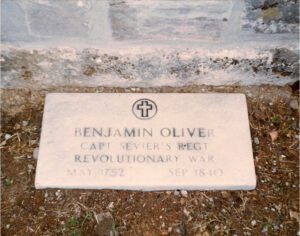 ANCESTORS- HOW WILL AI AFFECT THE NATIONAL ARCHIVES?
ANCESTORS- HOW WILL AI AFFECT THE NATIONAL ARCHIVES? ANCESTORS- MARRIAGE IN THE QUAKER FASHION
ANCESTORS- MARRIAGE IN THE QUAKER FASHION ANCESTORS AFFLICTIONS AND THOSE WHO PROFITED FROM THEM
ANCESTORS AFFLICTIONS AND THOSE WHO PROFITED FROM THEM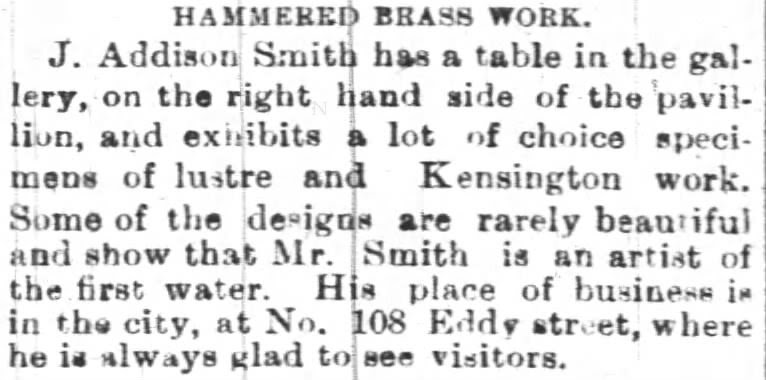 ANCESTORS- MORE ON J. ADDISON SMITH
ANCESTORS- MORE ON J. ADDISON SMITH ANCESTORS- PRESERVE YOUR FAMILY HISTORY, TODAY
ANCESTORS- PRESERVE YOUR FAMILY HISTORY, TODAY